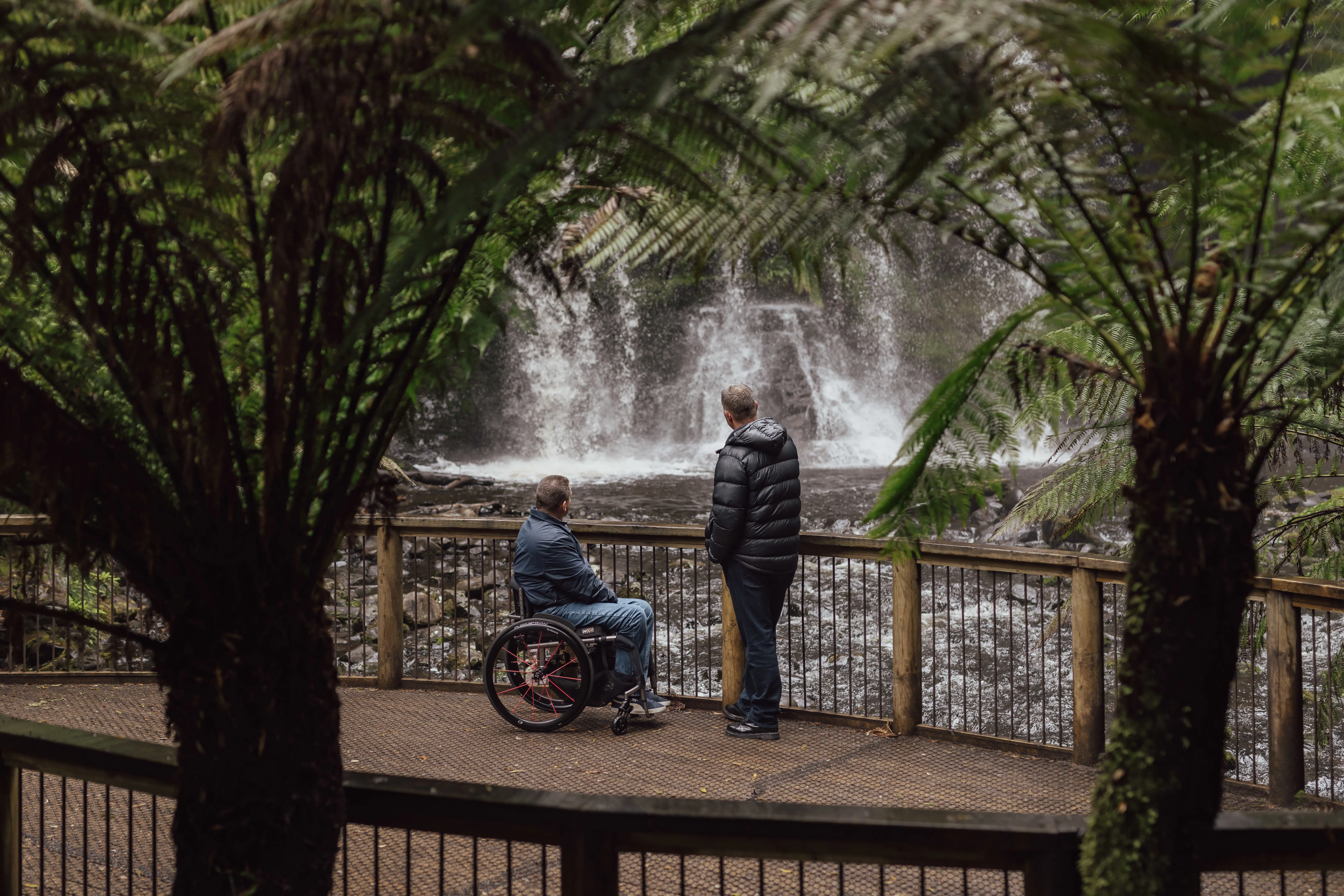
Visiting Tasmania and keeping to a tight schedule? Whether it’s raining, snowing or sublimely sunny, don’t hide from the elements: lace up your boots and launch into a short walk.
Tasmania’s wild places are never too far off the beaten track, no matter the season. Plus, you just might have them all to yourself.
Whales ahoy! Cape Tourville Lookout
Here’s your chance to spy some of Tasmania’s most elusive marine life. Scan the sea for humpback and southern right whales, fur seals, sea eagles and dolphins as they pass this unspoilt corner of east-coast wilderness. For a short walk (600m return), you’ll see a lot of coastline here: the pink granite of the Hazards, Wineglass Bay and the offshore wreck-magnet known as the Nuggets. Cape Tourville is within Freycinet National Park: parks pass required.
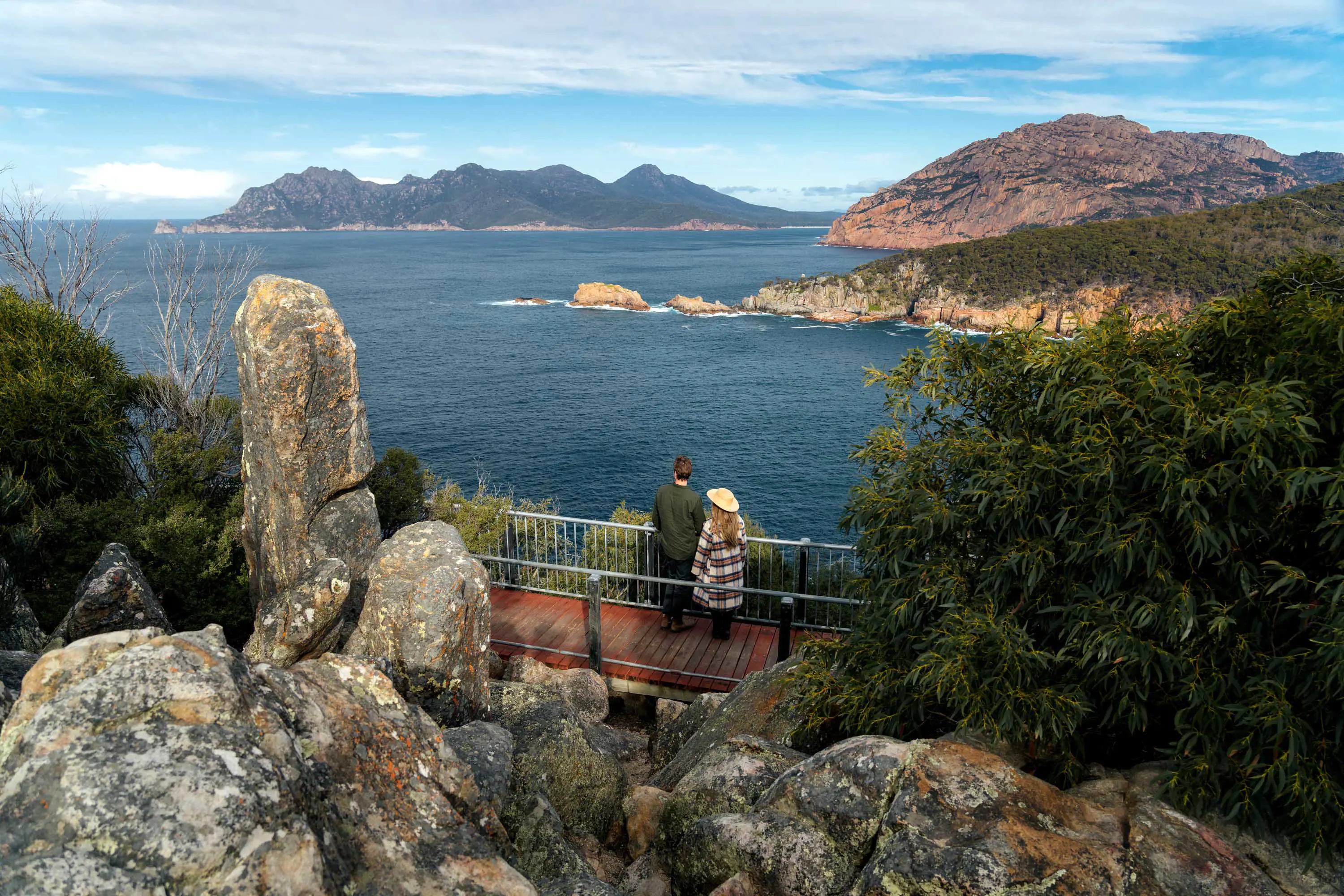
Wet and wild: Russell Falls
Inside Mount Field National Park, enclosed in rainforest with a mountain ash canopy high above an isolated creek, Russell Falls is best experienced after a few days of rain (but expect beautiful scenes year-round). First, the river drops down a rock face into a great bowl…which then overflows, fanning a wide sheet of water that plunges another 50m into a pool lined by tall tree ferns. It’s a 1.4km return walk to the falls; another 10 minutes further upstream, Horseshoe Falls crashes onto moss-covered rocks. National Parks pass required.

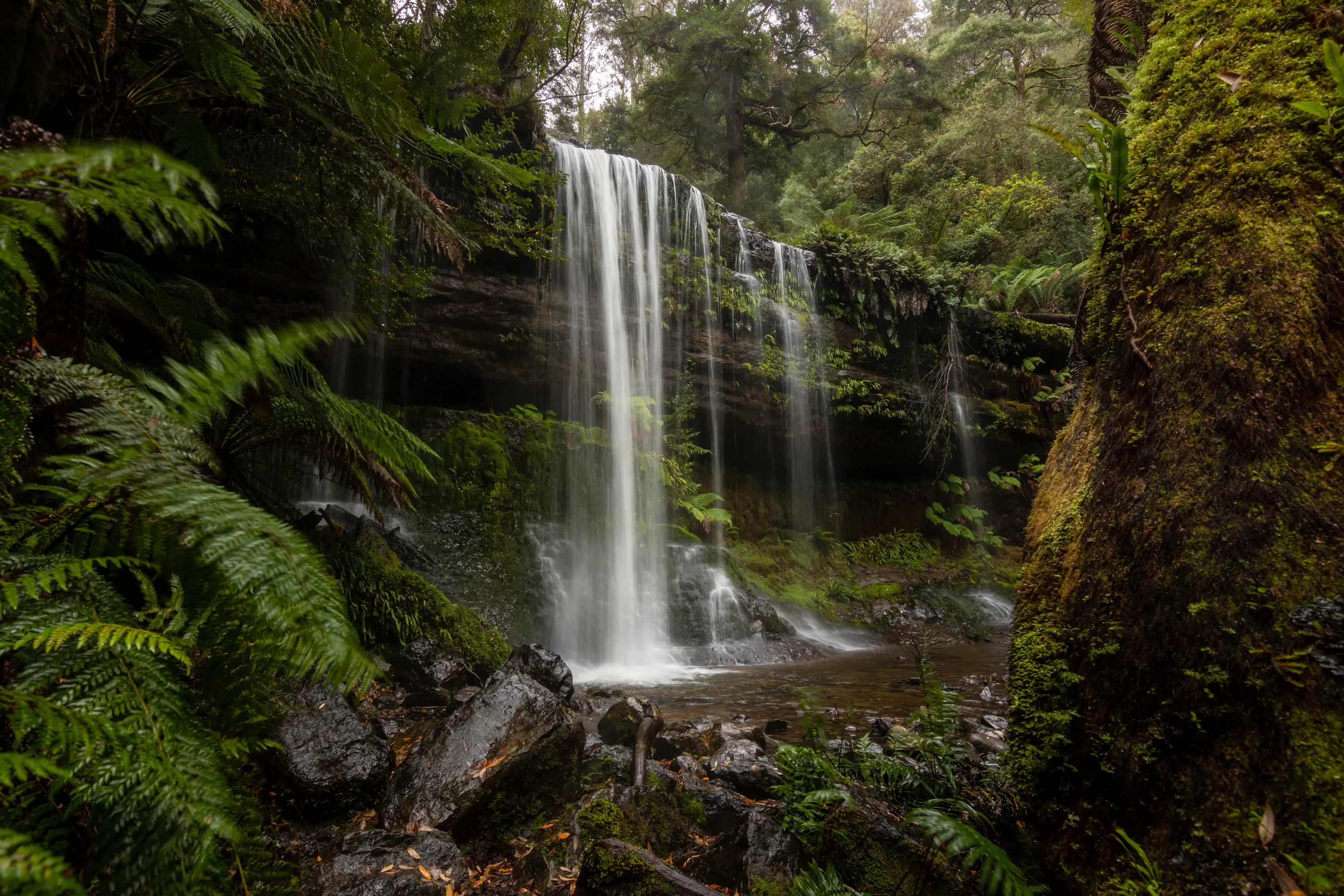
Feel the power: Duck Reach Trail
Squeeze into your thermals, point your compass to Duck Reach and follow the 6km return woodland trail within Launceston’s Cataract Gorge. Cross the South Esk River on the wrought-iron Kings Bridge, then head upstream to the old Duck Reach Power Station – one of the first hydro-electric power stations in the world (operating 1895–1955). Check out the museum here, then head for a pub in the city to re-warm your bones.
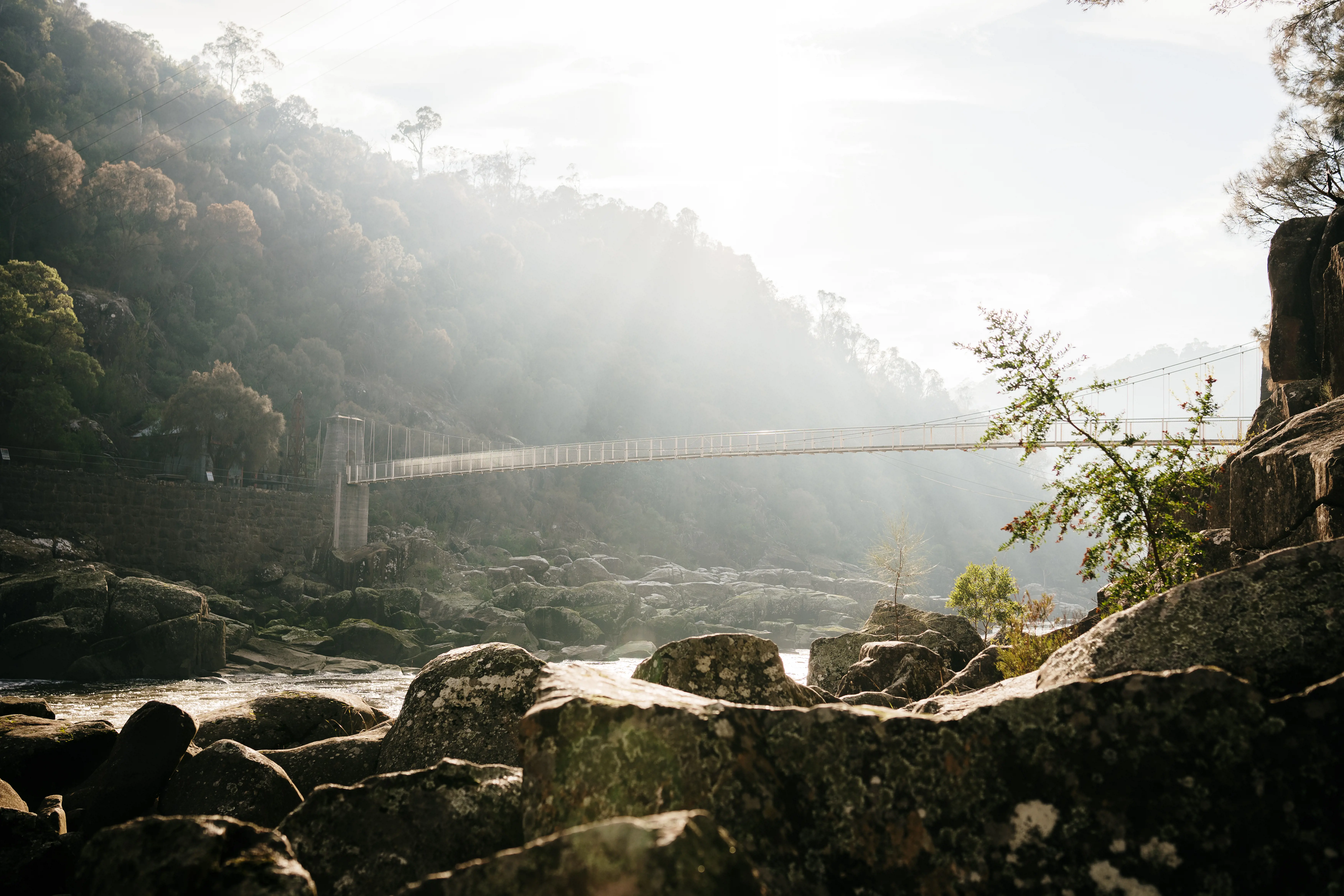
Duck Reach, Cataract Gorge Reserve
The land that time forgot: Huon Pine Walk
Leave the 21st century behind and head deep into primordial Takayna / Tarkine rainforest, near Corinna on the west coast. Along the 600m return trail, ancient stringybark, King Billy pine and mountain ash branches tower above a tangle of native laurel, man ferns and shiny-leaved sassafras. Keen-eyed trekkers may spot an ancient Huon pine growing on the banks of the dark Pieman River.
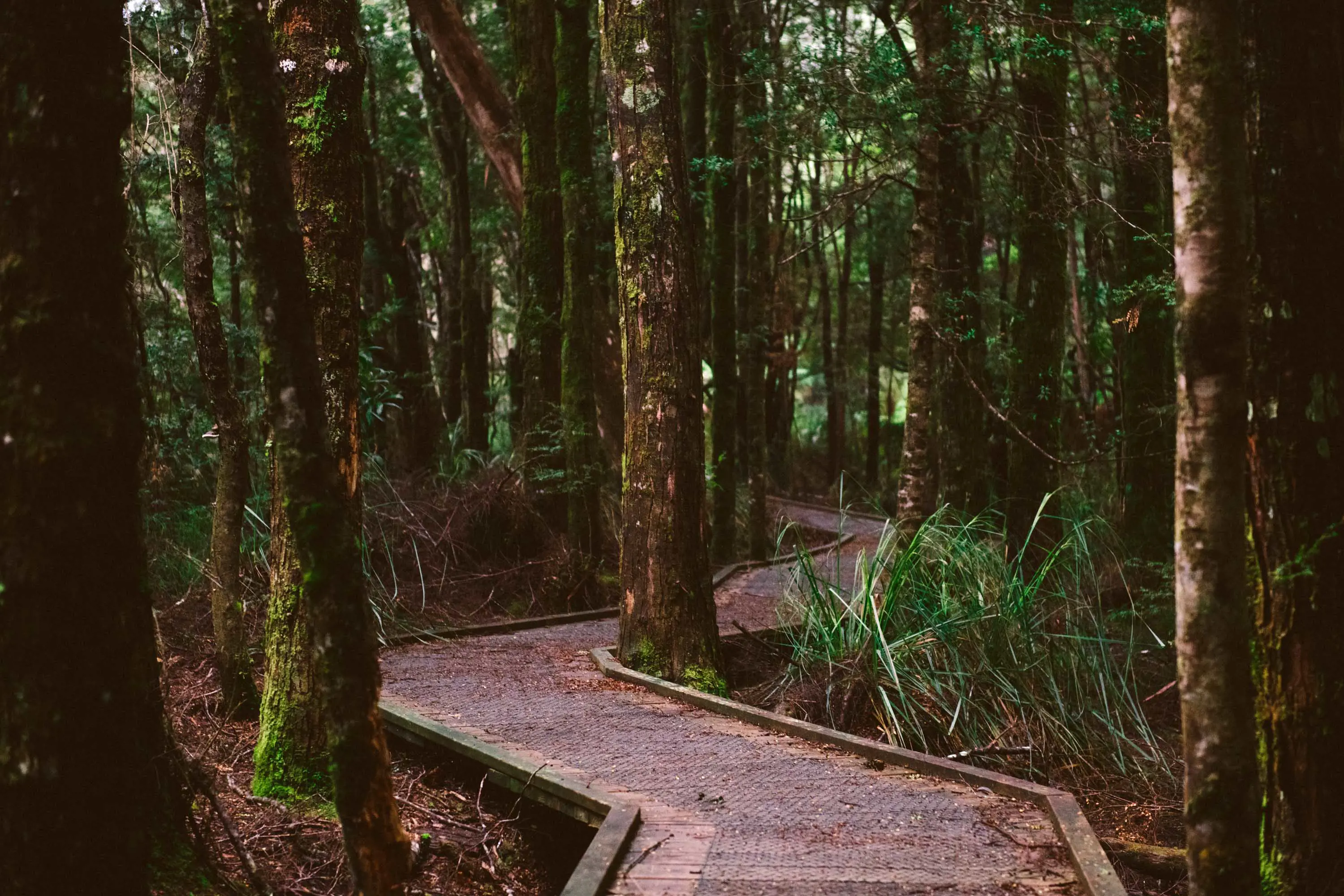
City history: Hobart Rivulet Walk
Beanies on: we’re off on a 5.4km return city walk with a difference. Set your sights on Kunanyi / Mount Wellington and follow the freshwater rivulet that supplied 19th-century Hobart. See any trout? Stop at the sombre UNESCO World Heritage-listed Cascades Female Factory convict site in South Hobart; take a moment to acknowledge the women and children who were incarcerated here 1825–56. Continue to the inviting historic Cascade Brewery (1824) for a tour and a pint of Hobart’s signature brew.
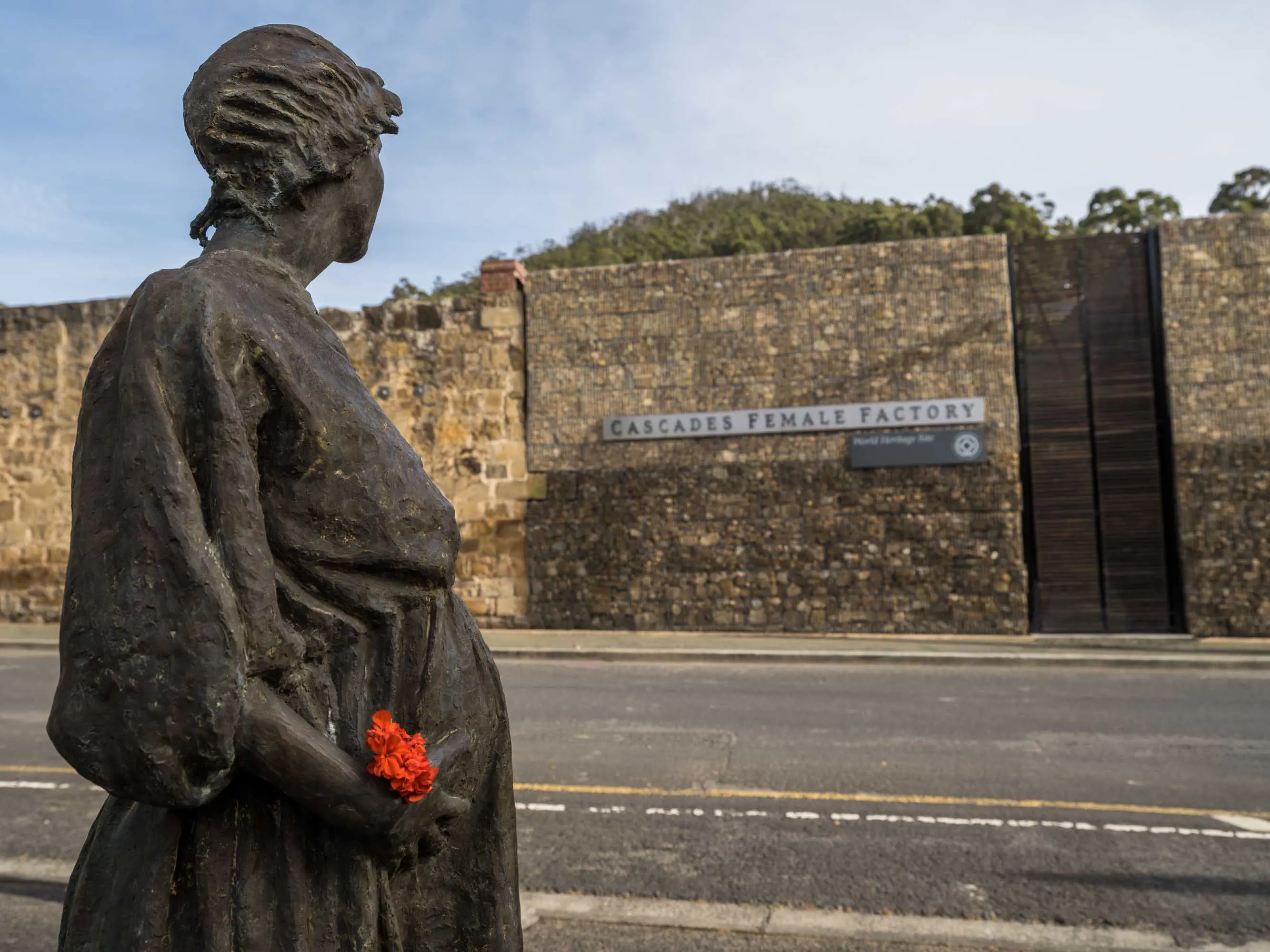
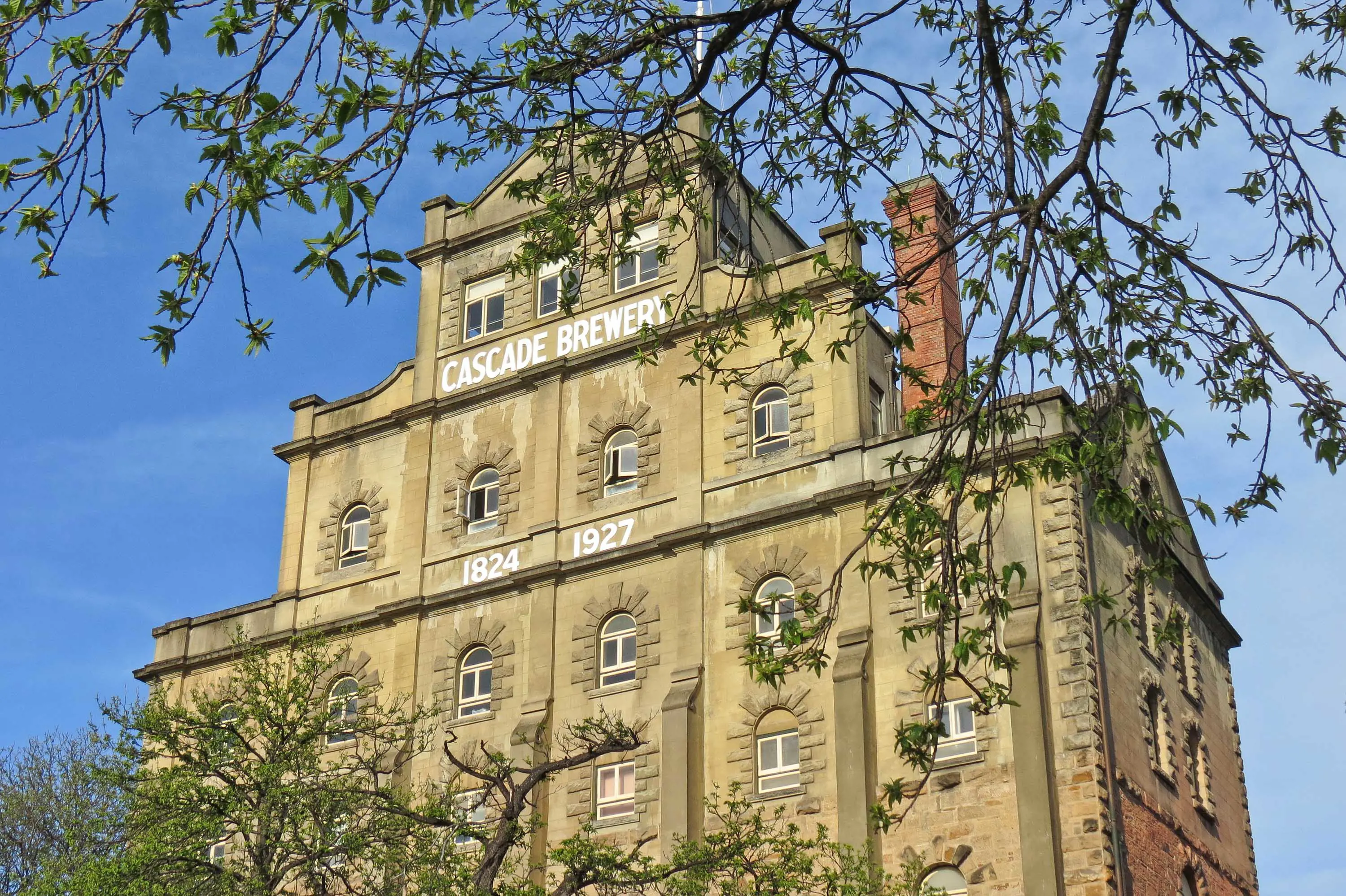
Treasure island: Trousers Point Beach
With wide expanses of white sand, clear waters and a name straight out of a pirate book, Trousers Point on Flinders Island is one of a kind. Turn your collar against the north-westerly breeze and explore this wild and Instagram-ready beach on a 2km circuit. Head round the track to Fotheringate Bay, with its granite caves, and gaze up at epic Mount Strzelecki, rising 756m out of the ocean – as impressive as it is hard to pronounce. Trousers Point is part of Strzelecki National Park: parks pass required.
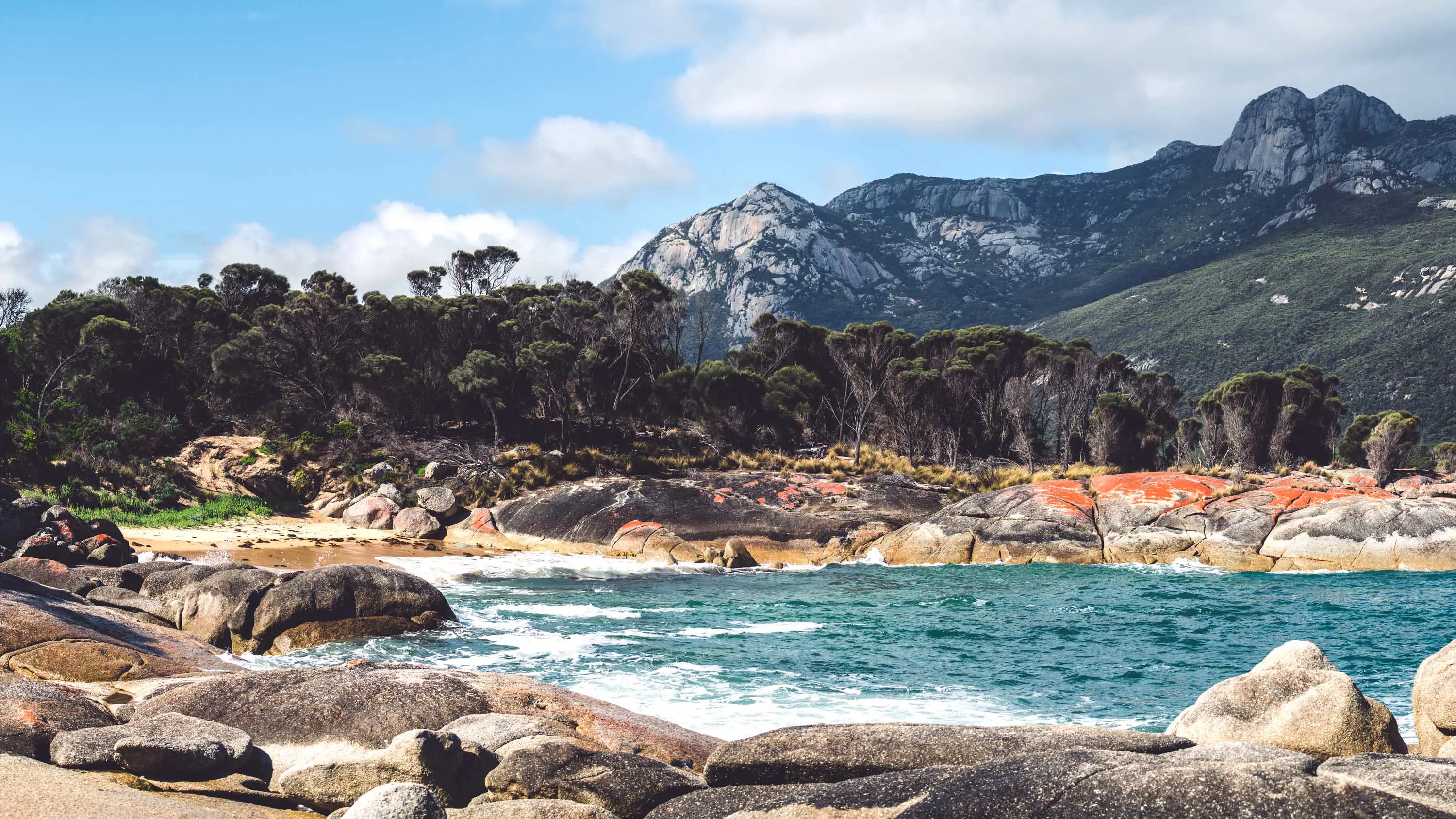
Strzelecki Peaks from Trousers Point
High water: St Columba Falls
On one end of a 1.2km return forest trail in Tasmania’s north east, you’ll find the majestic St Columba Falls. Walk downhill past giant man ferns and ancient fallen trees dripping with moss, until the falls suddenly appear above you: the South George River crashing 90m down a sheer cliff. The falls’ upper reaches are often shrouded in mist, especially in winter when there’s five times as much water cascading downstream. Visit the falls in Pyengana after a few days of rain to be properly blown away, or encounter more serene scenes over the drier months.
Before you set out read our bushwalking safety tips and check Tasmania Parks for track closures and alerts.
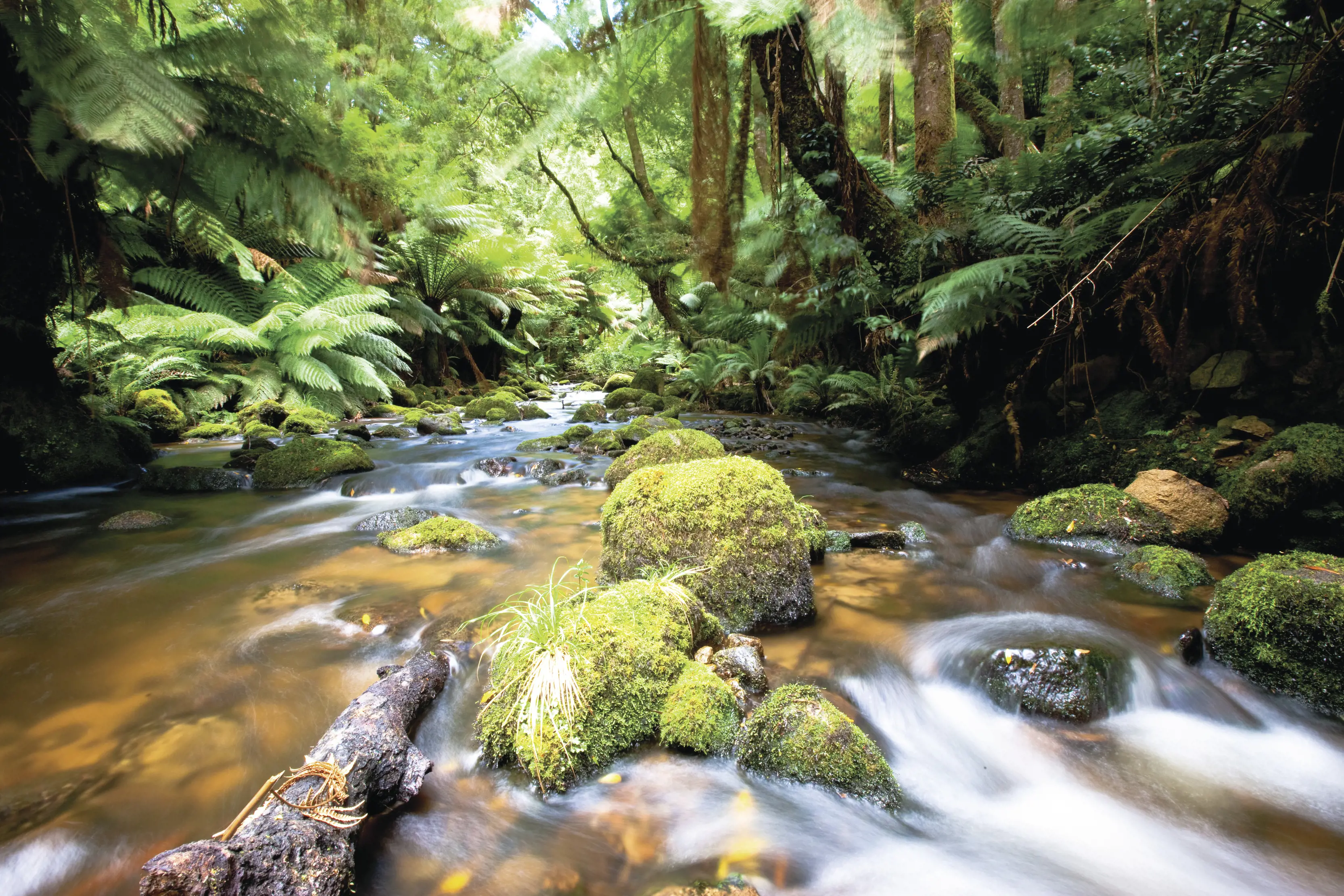
River scene along the walk to St Columba Falls
